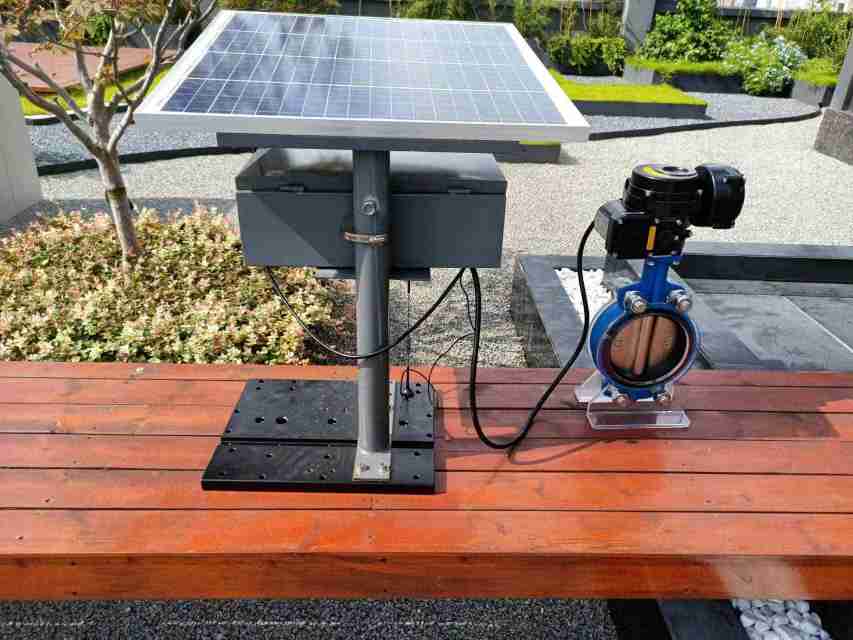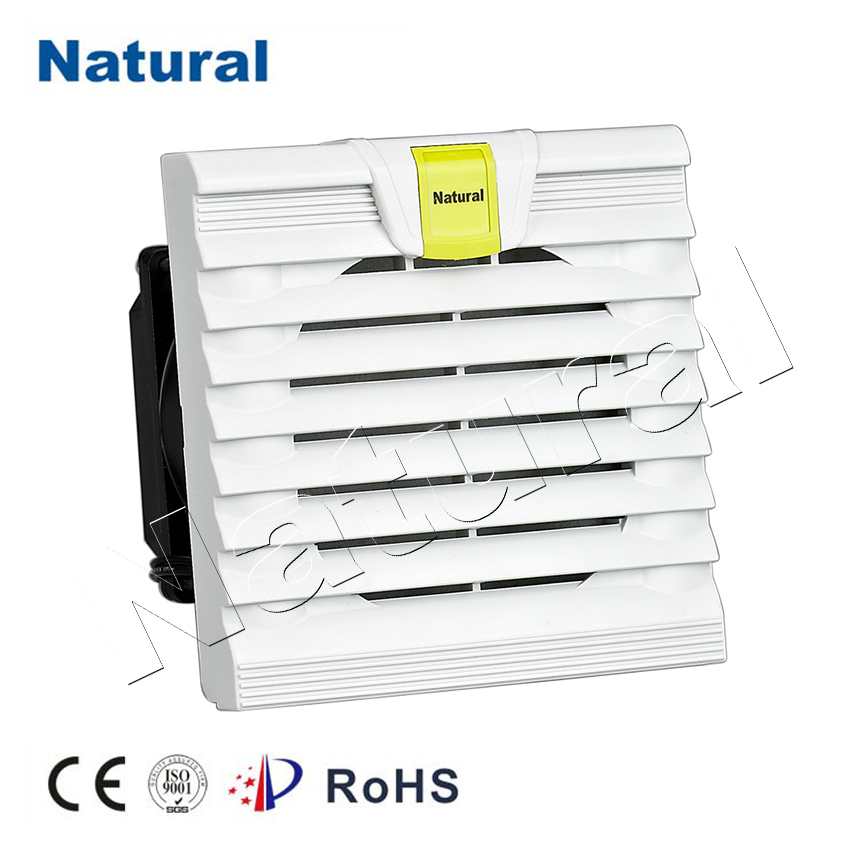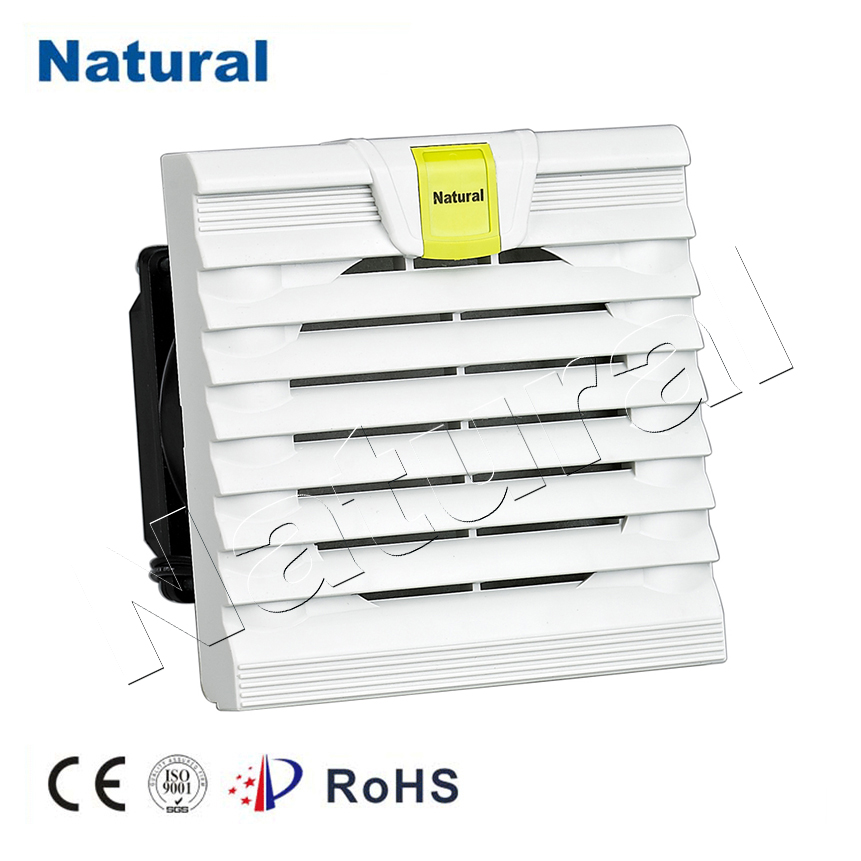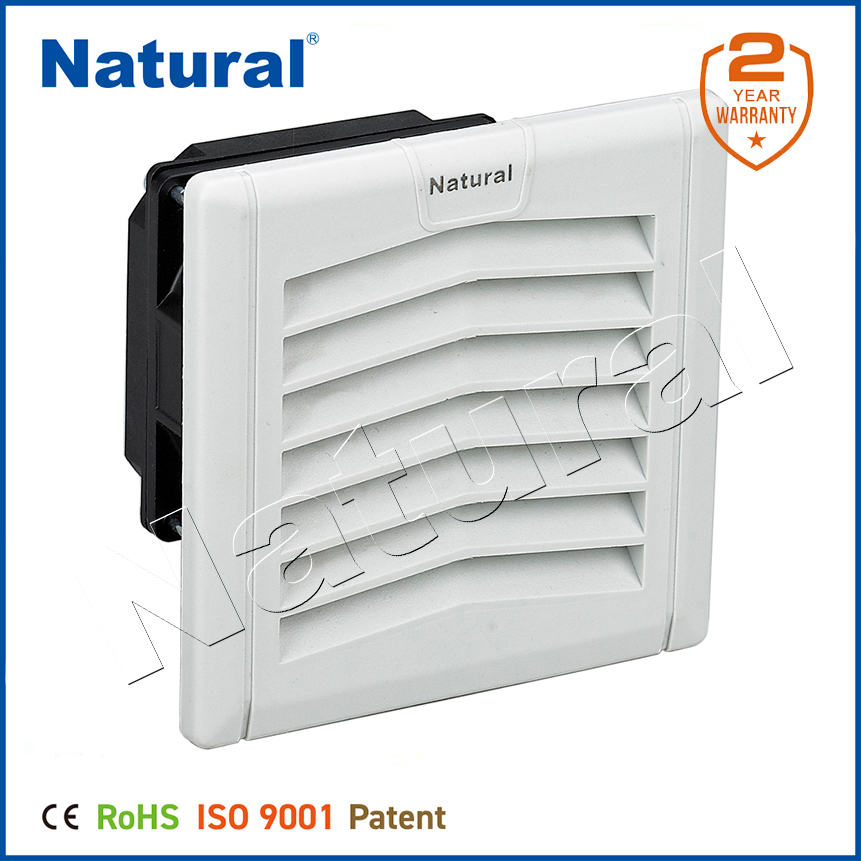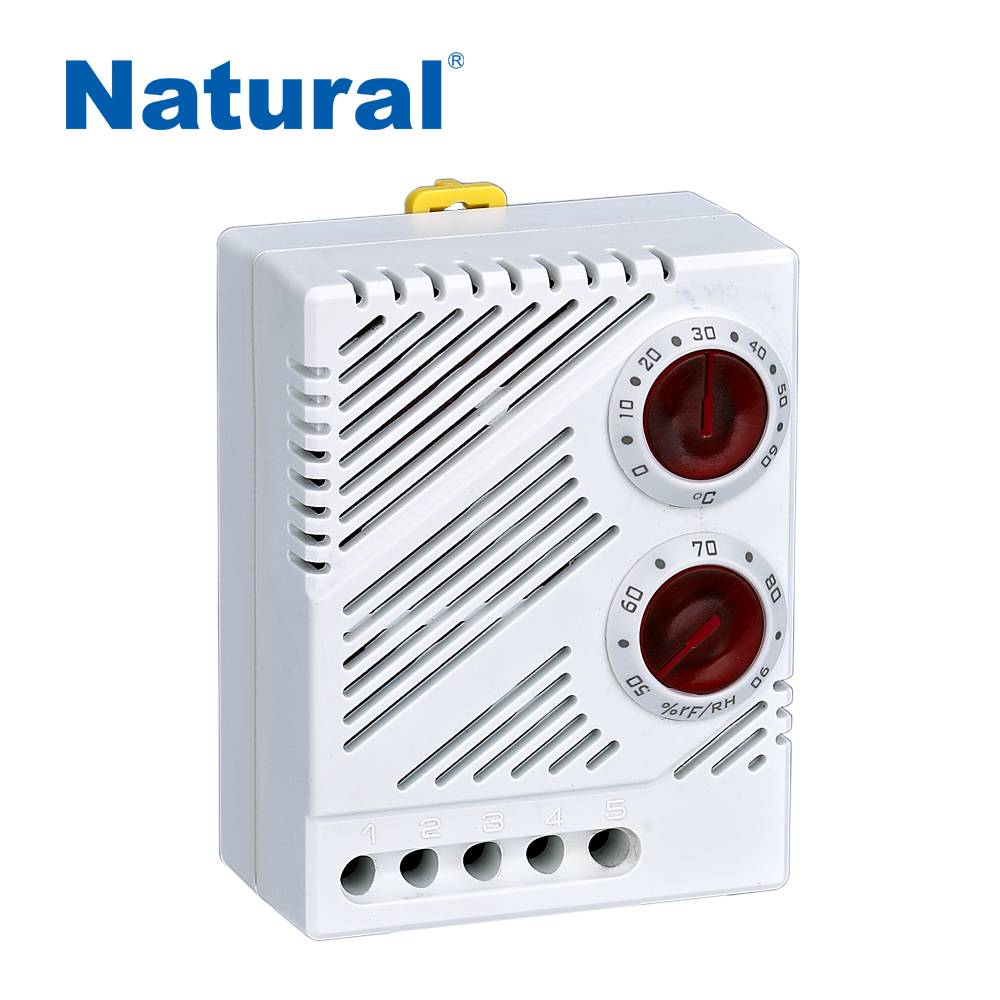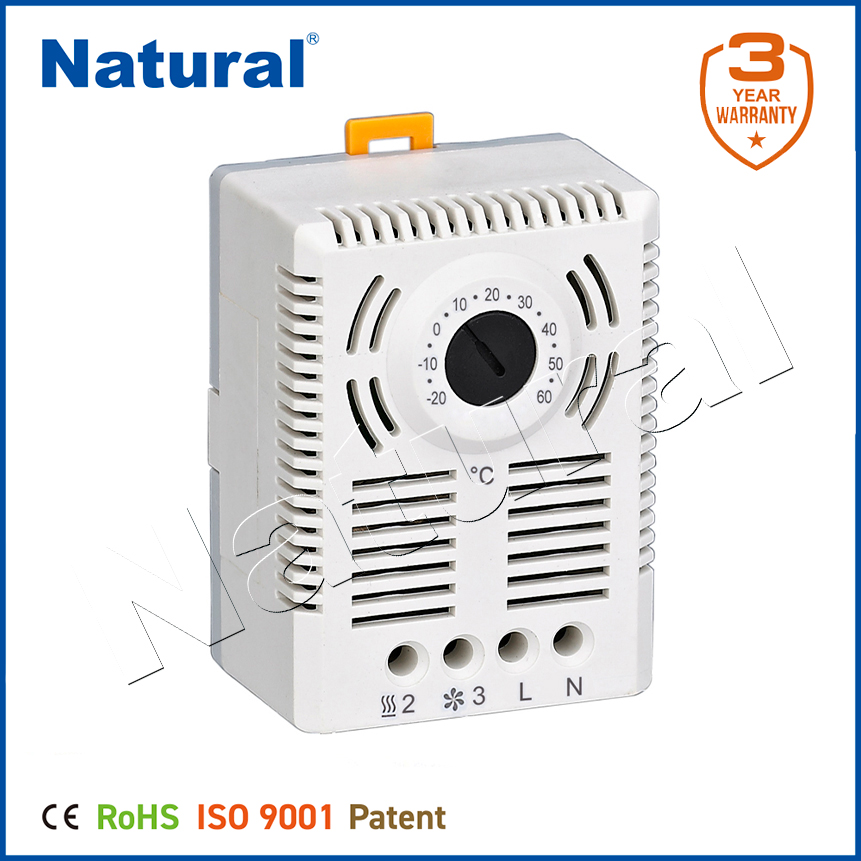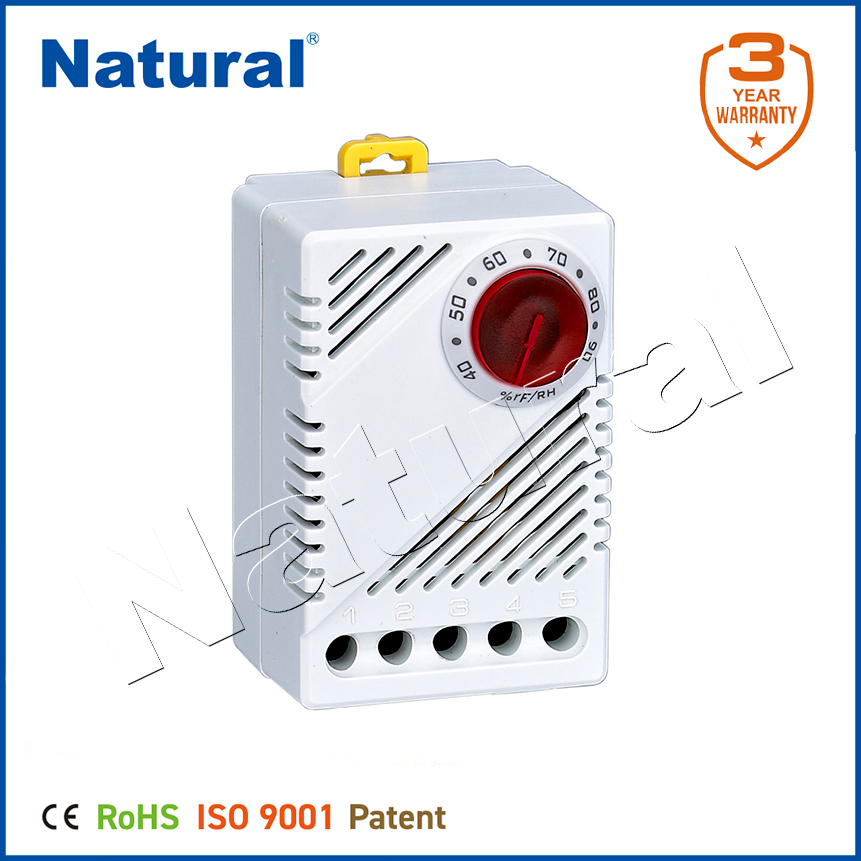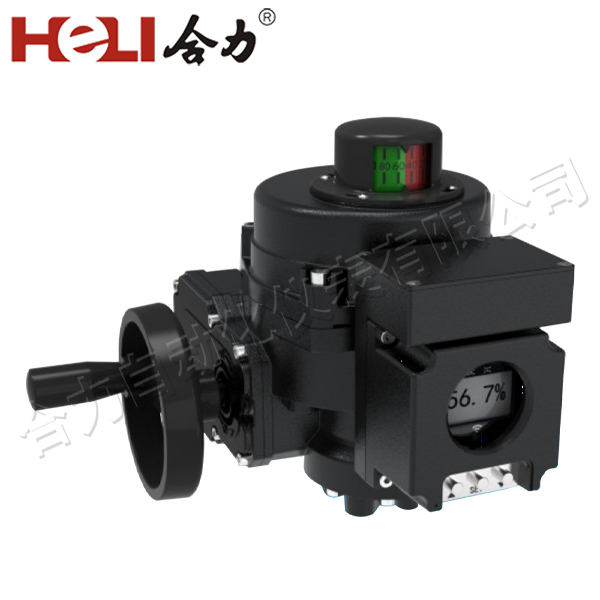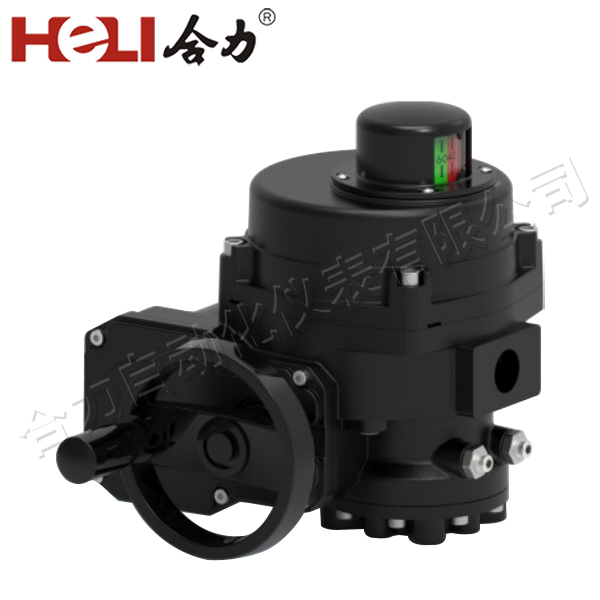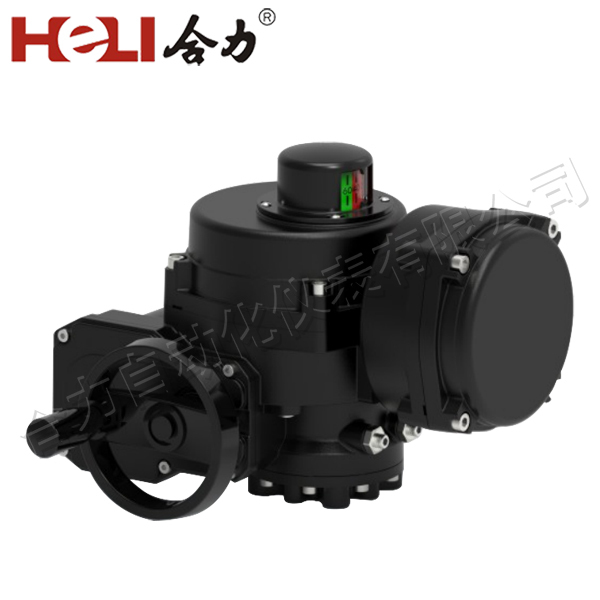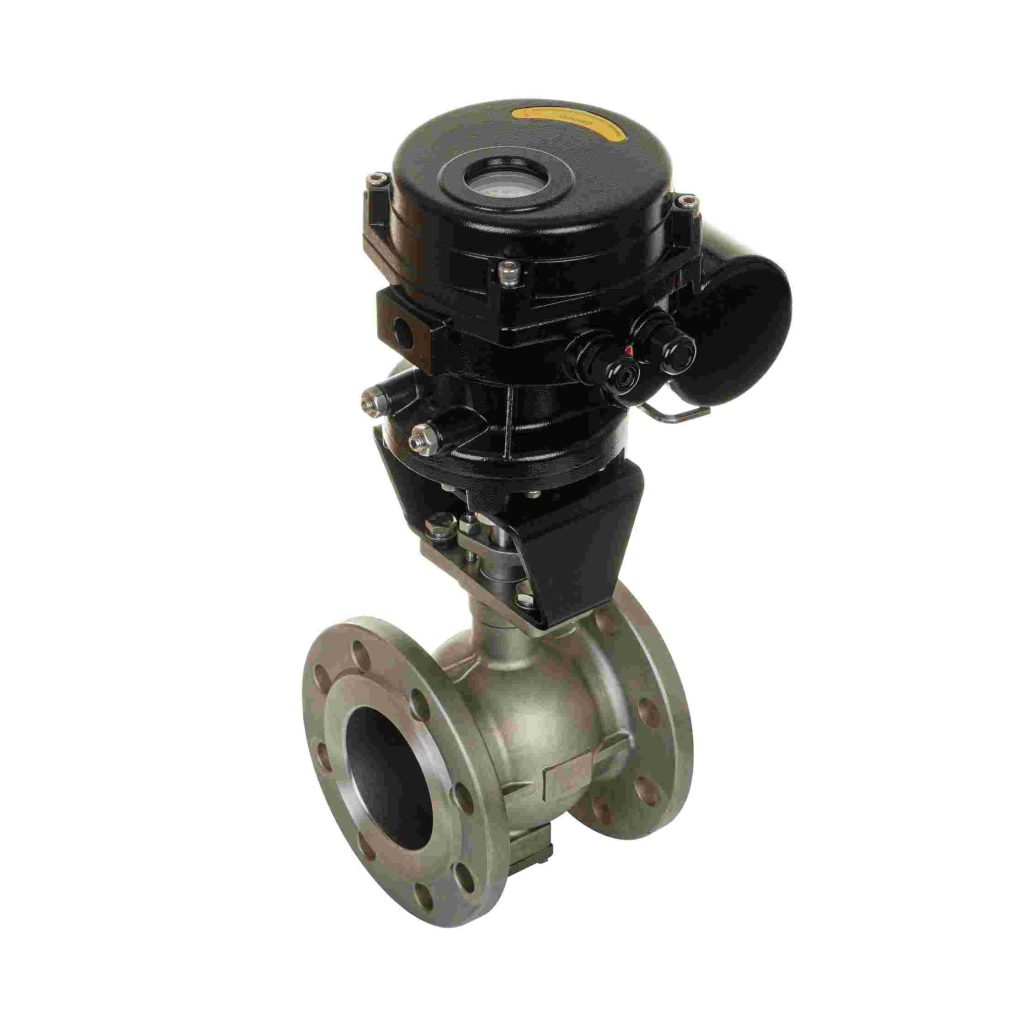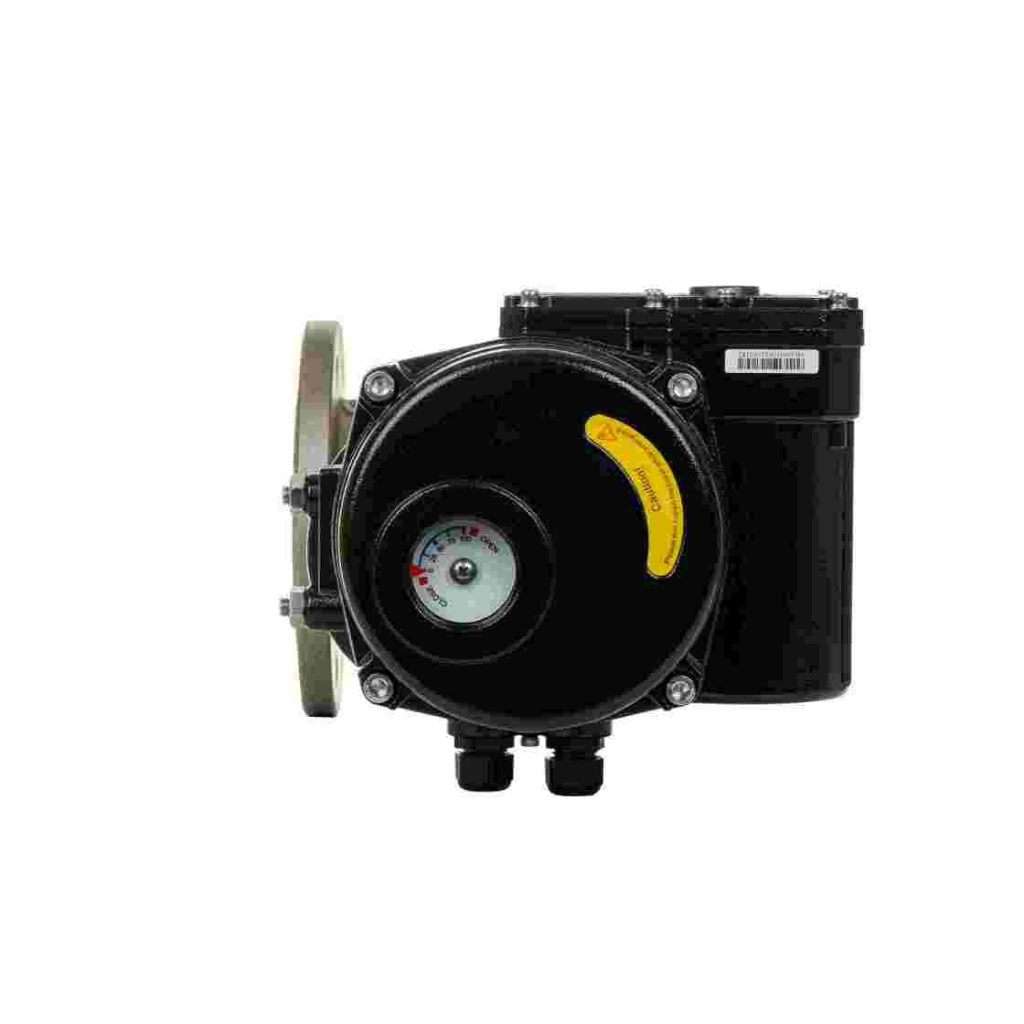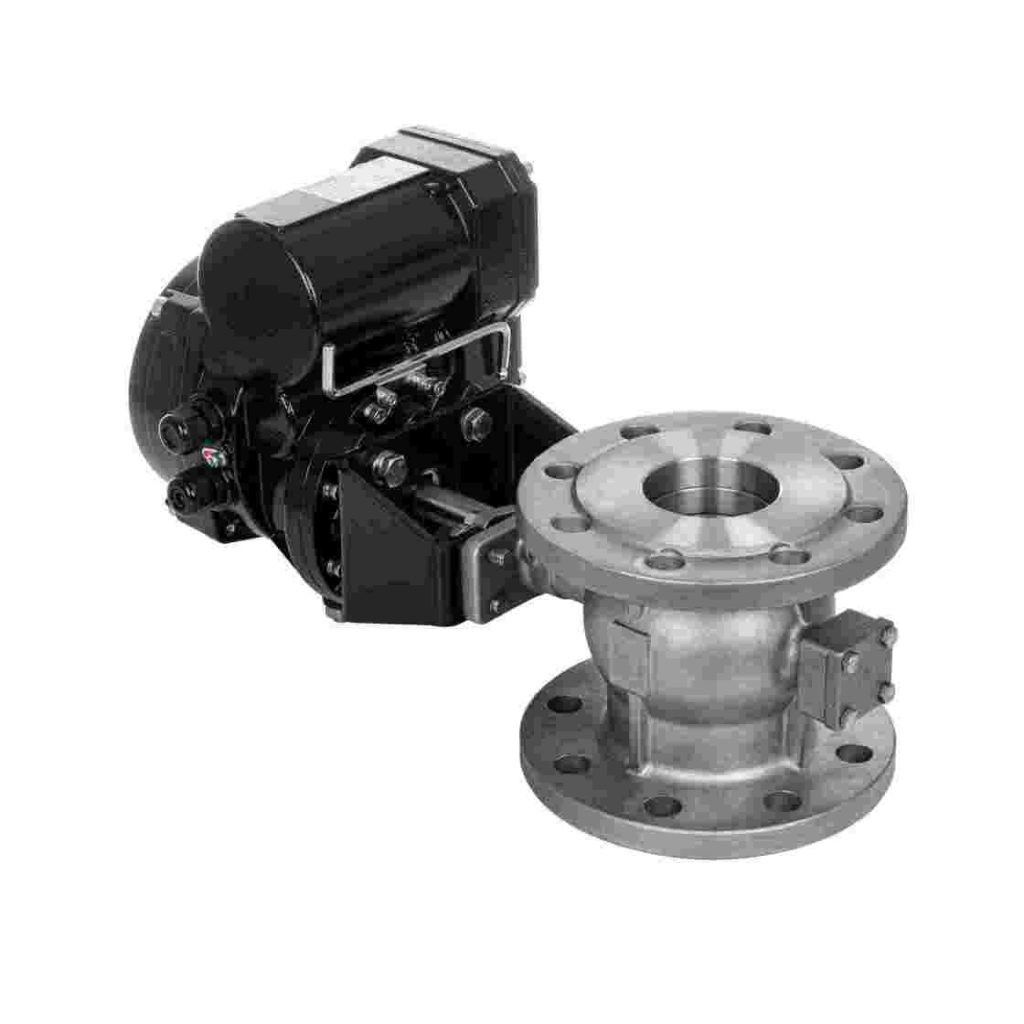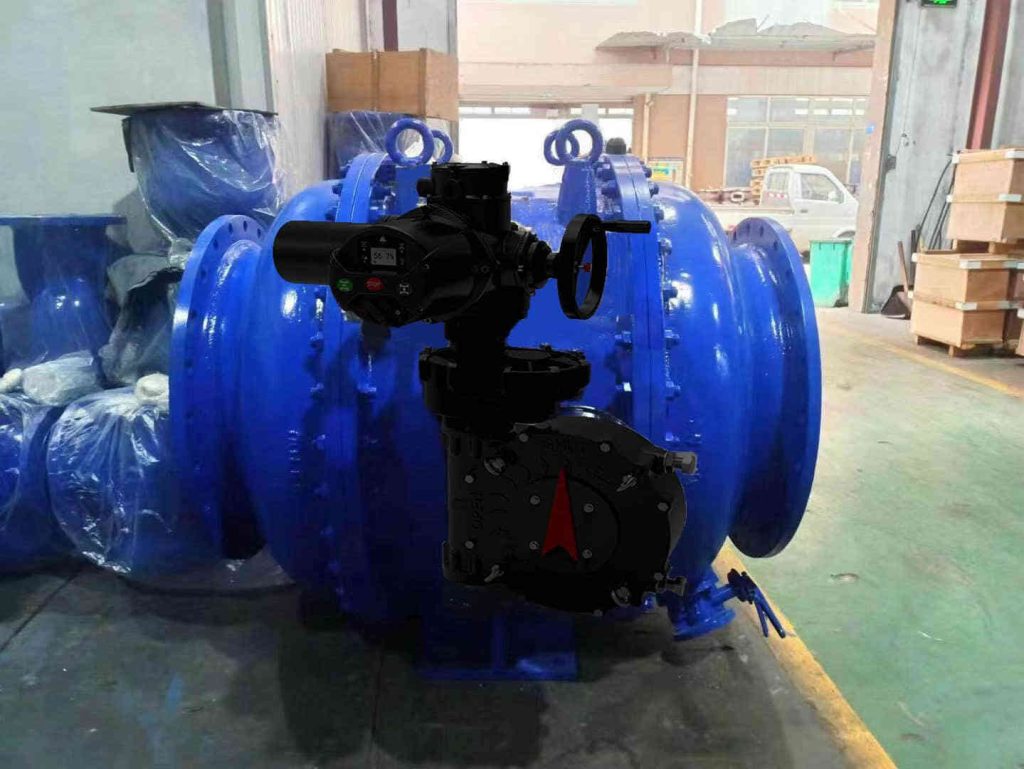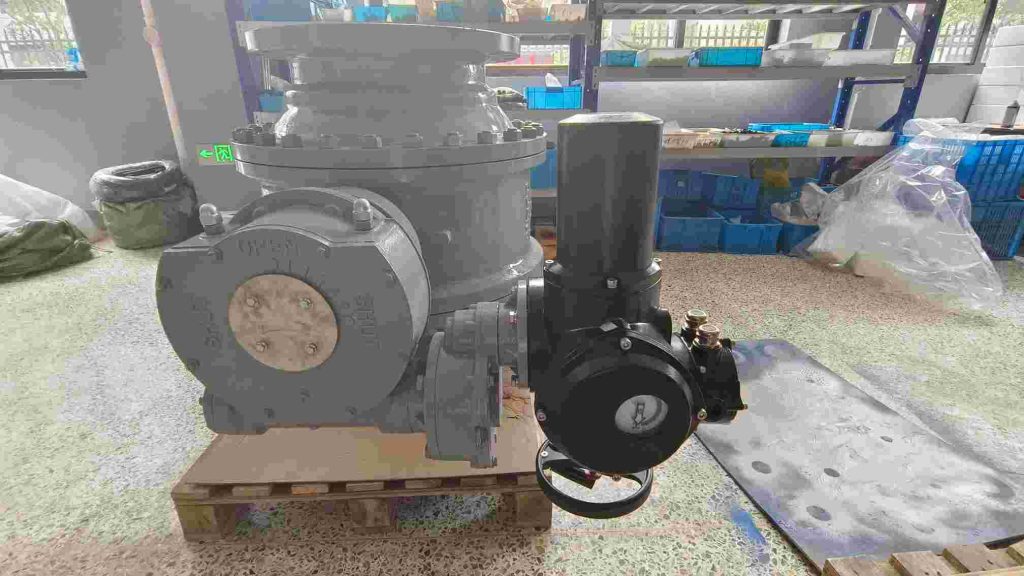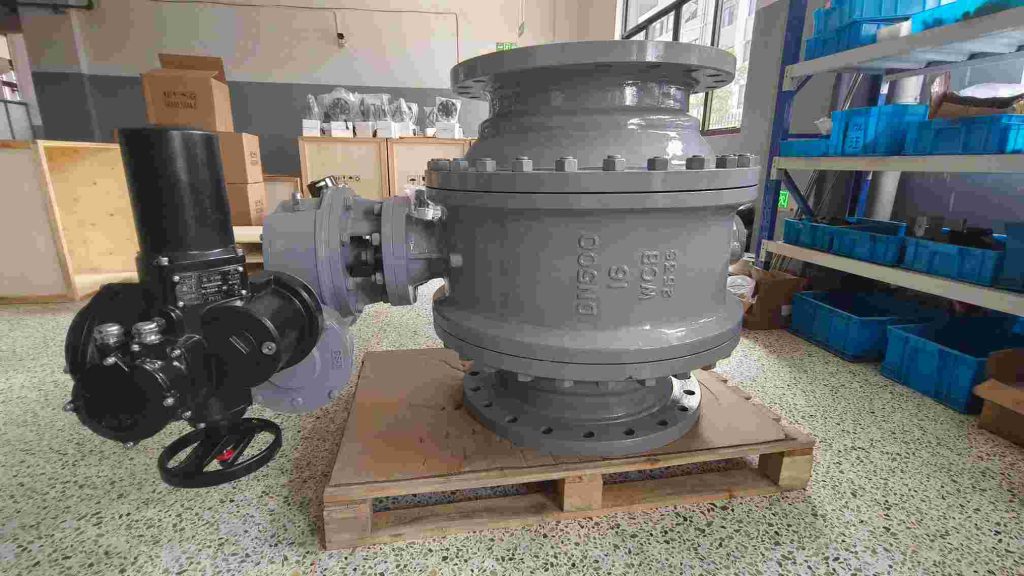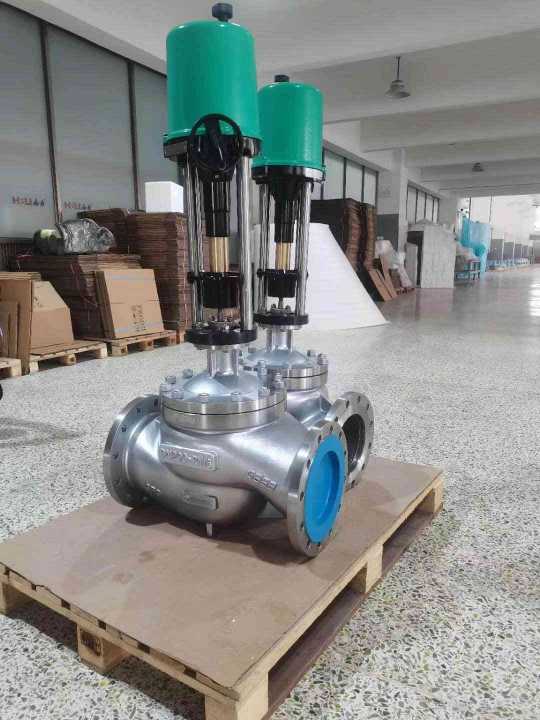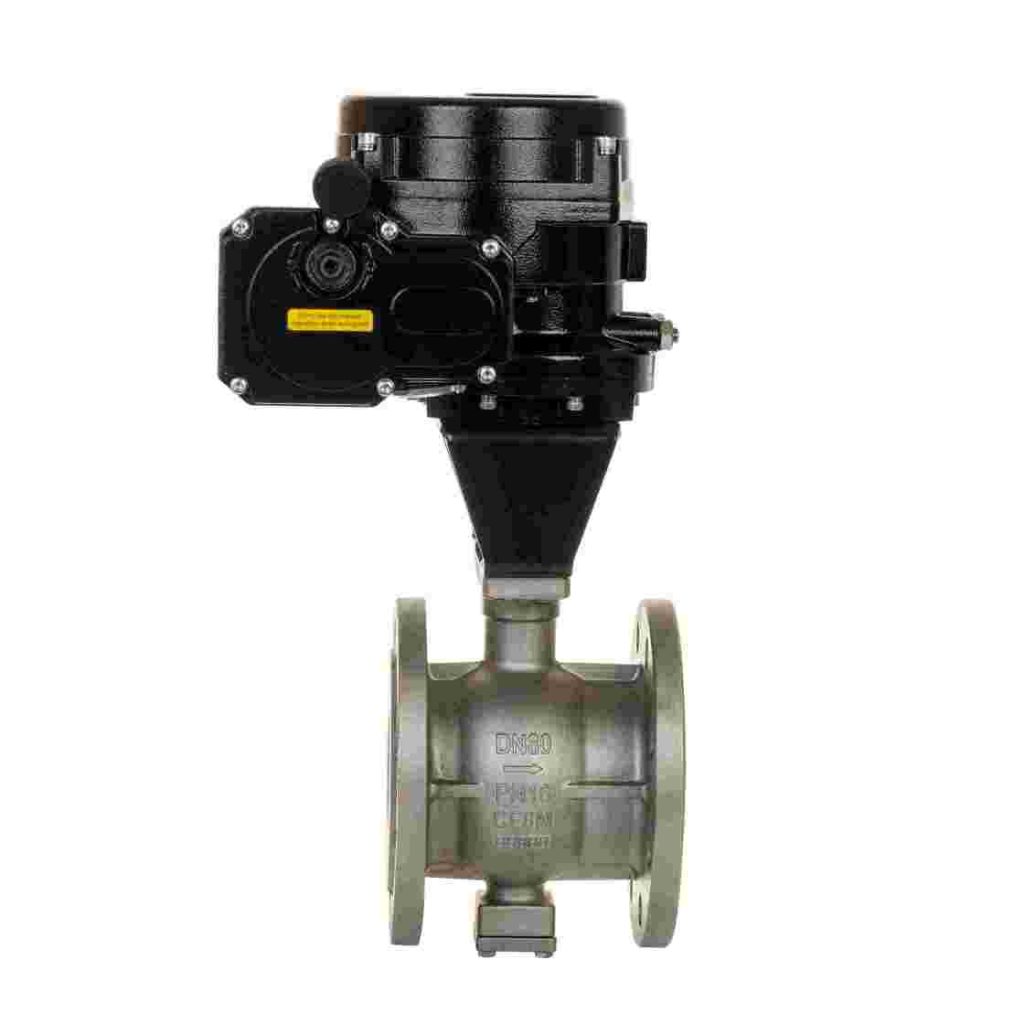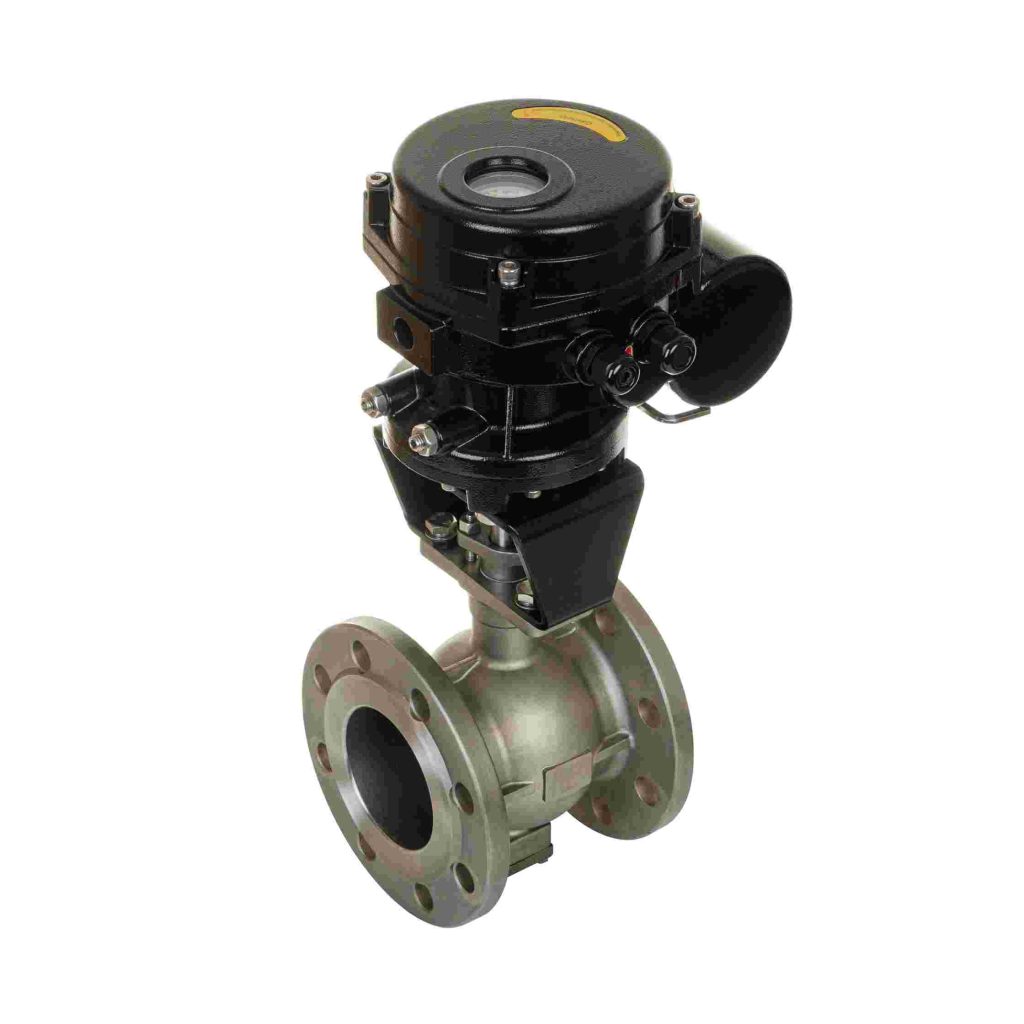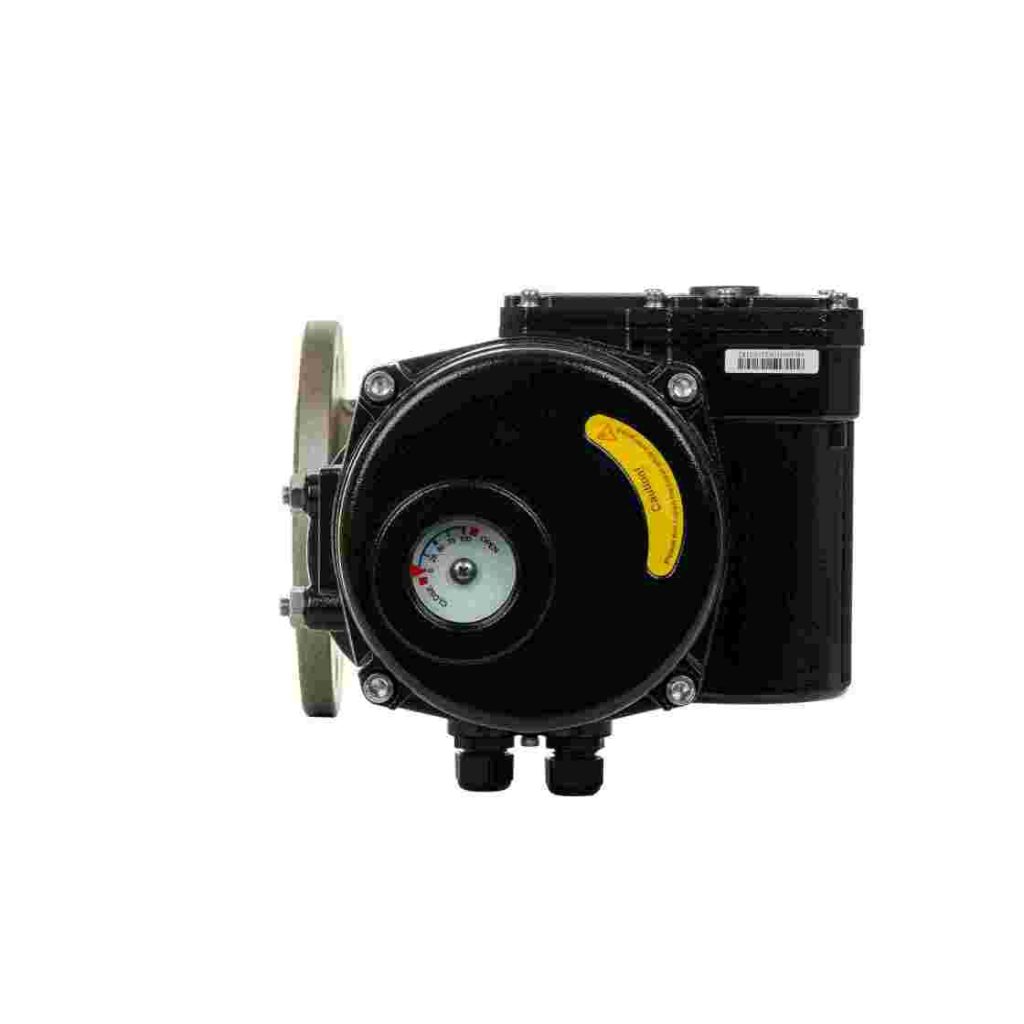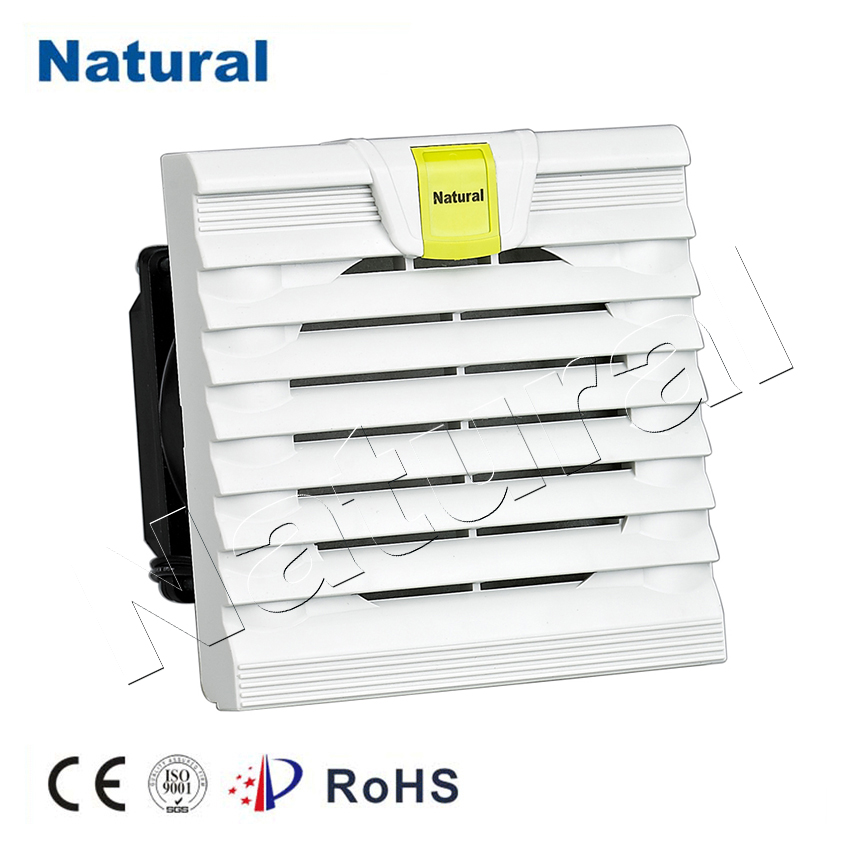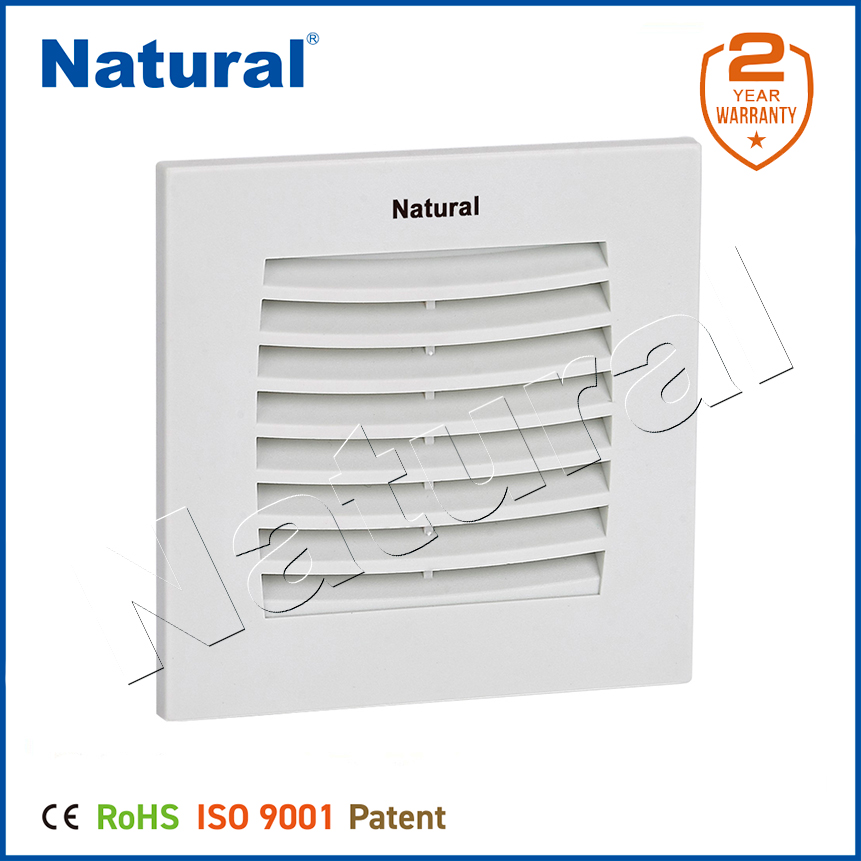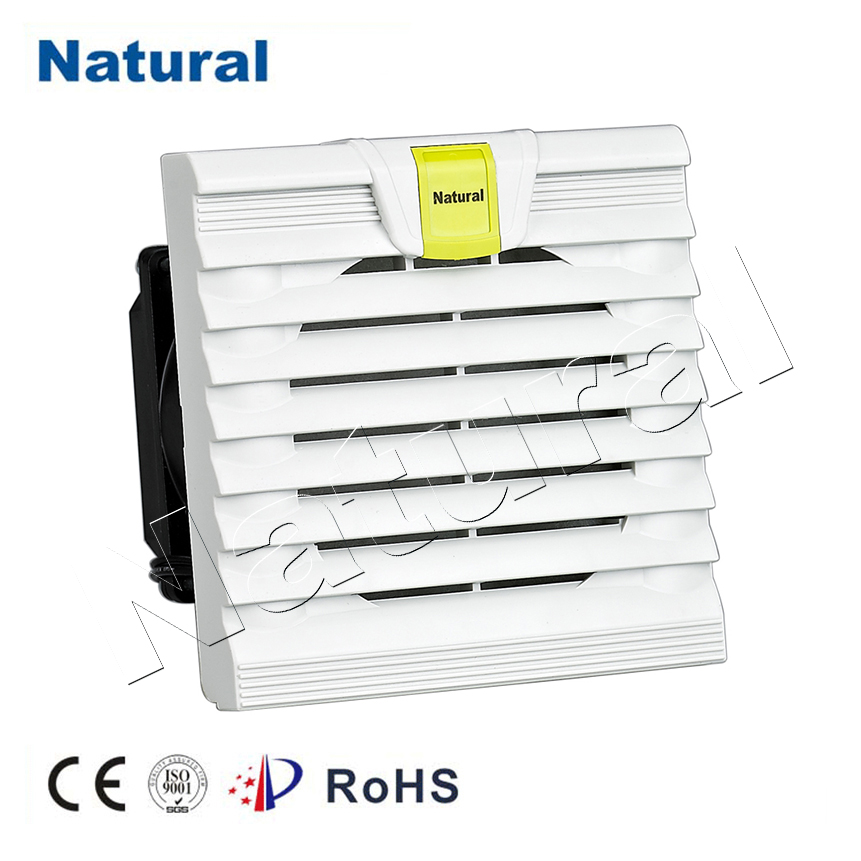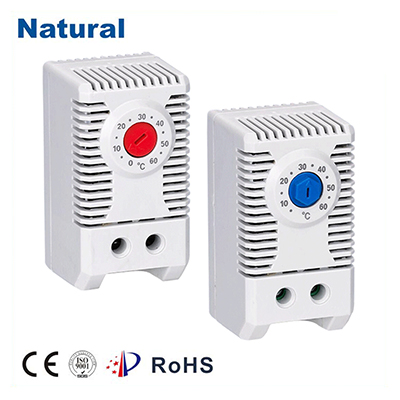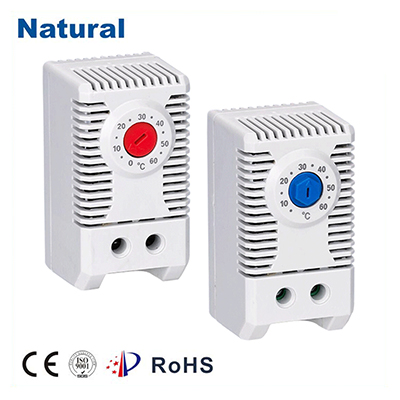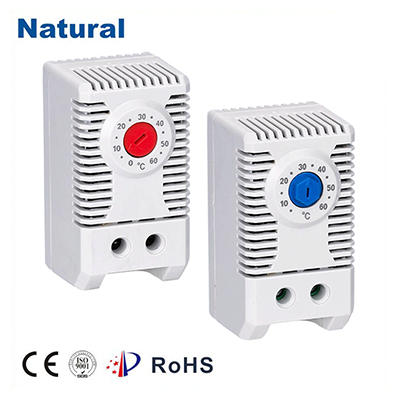As the world continues to evolve towards sustainable energy solutions, new technologies are emerging to combine efficiency with environmental responsibility. One such innovation is the Photovoltaic Electric Valve, a technology that integrates solar power with automated valve control systems. This combination not only offers a reliable and eco-friendly alternative to traditional energy-driven valve operations but also provides independence from conventional power grids, making it ideal for remote or off-grid locations.
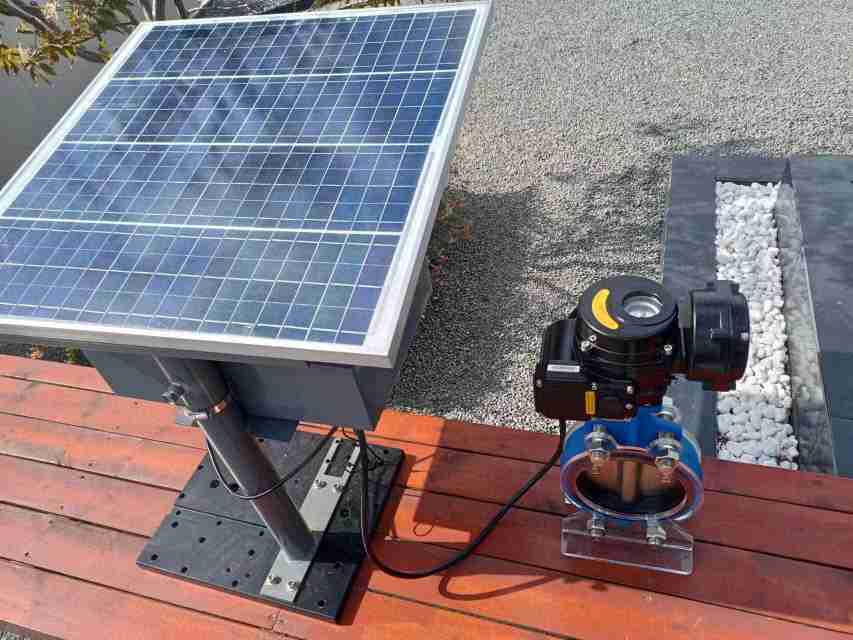
What is a Photovoltaic Electric Valve?
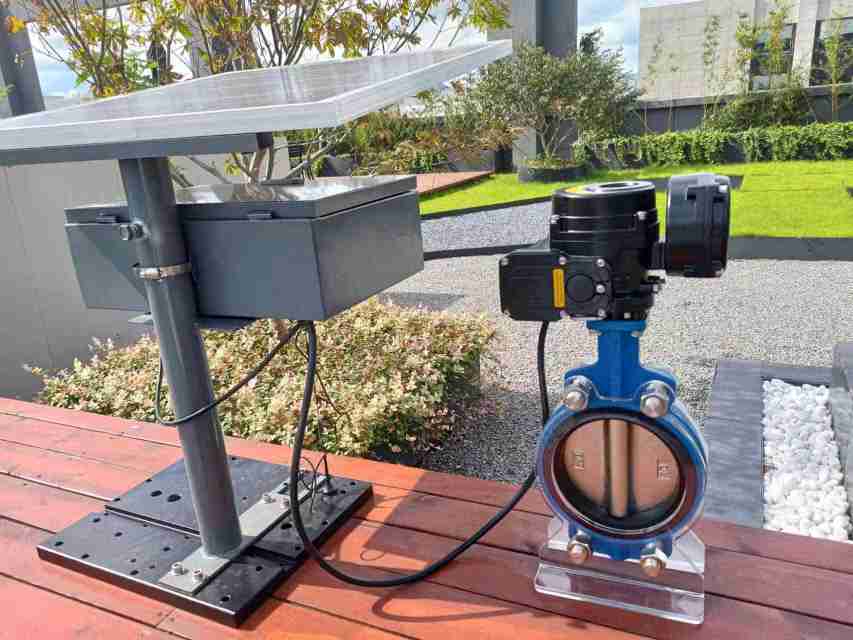
A Photovoltaic Electric Valve is a system that uses solar energy to power an electric valve actuator, allowing for automatic control of valve mechanisms in various industrial, agricultural, and environmental applications. The system consists of a solar panel that captures sunlight and converts it into electrical energy. This energy is then stored and used to control the electric actuator of the valve. Unlike traditional electric valves that depend on mains electricity, photovoltaic electric valves are completely autonomous, relying on solar power for operation. This feature makes them particularly useful in areas where access to the electrical grid is limited or where electricity costs are high. With their ability to operate independently, they are an excellent solution for sustainable infrastructure.
